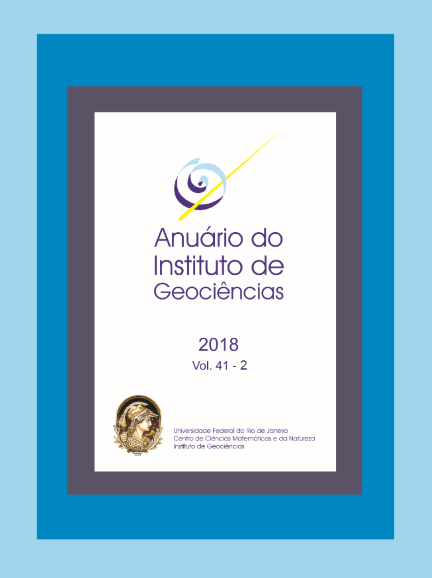Tool for Prospecting of Remaining Hydro-Energetic Potential
DOI:
https://doi.org/10.11137/2018_2_427_437Palavras-chave:
GIS, Hidropower, Water resourcesResumo
In the context of renewable energy sources, small hydropower plants are a good cost-benefit alternative and they can be implemented in remote communities that have waterfalls. The objective of this study was to develop and apply a tool in a GIS environment capable of pointing out sites for the remaining hydro-energy utilization in three hydrographic basins based on altimetric data and regionalization of flow rates. The results were verified by comparing hydro-energetic potentials identified with previously inventoried sites. From the comparative analysis, it was possible to identify the remaining potentials efficiently and quickly, being the tool an important instrument to assist in the prospecting of hydro-energetic potential.Downloads
Publicado
2019-09-09
Edição
Seção
Artigos
Licença
Os artigos publicados nesta revista se encontram sob a llicença Creative Commons — Atribuição 4.0 Internacional — CC BY 4.0, que permite o uso, distribuição e reprodução em qualquer meio, contanto que o trabalho original seja devidamente citado.
















 Exceto onde indicado de outra forma, o conteúdo deste site é licenciado sob uma licença
Exceto onde indicado de outra forma, o conteúdo deste site é licenciado sob uma licença 